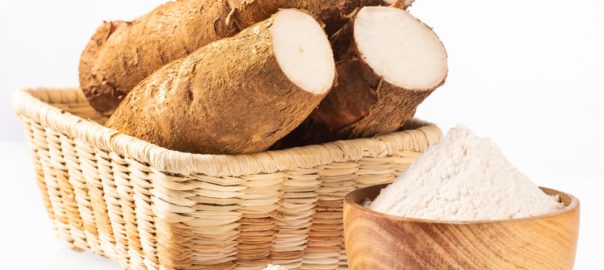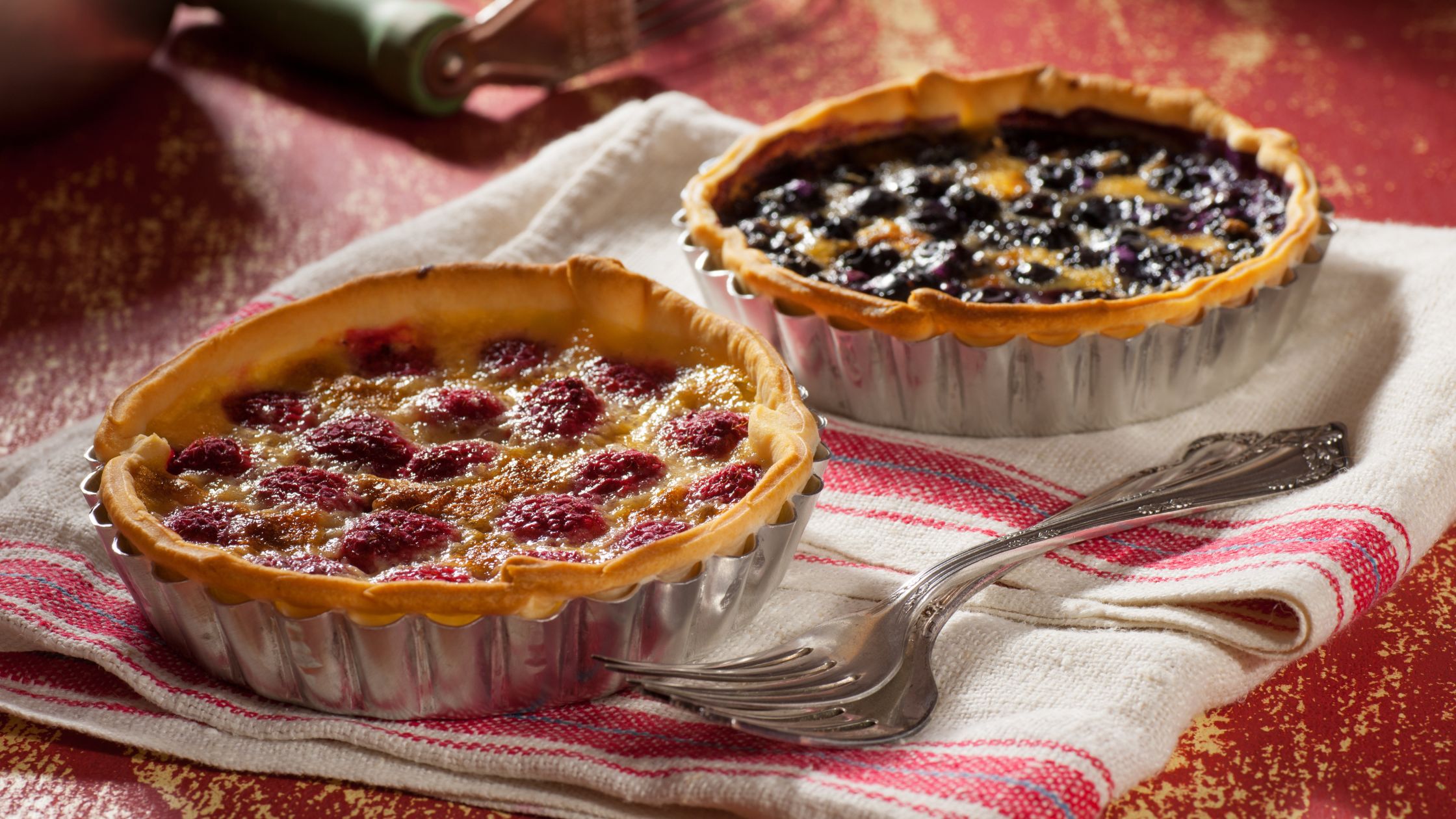Claire wrote in and asked, “I have a question re: grinding your own flours out of grains, say brown rice flour, garbanzo bean flour, etc. When you do it, do you soak the grains/beans before you grind it? I soak everything over night (my grains, beans and nuts) before I cook it. I learned this from my Natural Chef class as soaking deactivates the phytic acid that acts as enzyme inhibitors and makes it more digestable. Cooking alone helps to some extent, but not as good as soaking. I am just wondering if I do soak it first, do I need an extra step, say, using a dehydrator to dry it before I grind it.
The reason I'd like to get the model Super 5200 from Vitamix, is that in addition to a wet container that's good for processing wet goods, there is an additional dry container that has a special set of blades that are designed for grinding flours. Then it follows that do I need to also get a dehydrator before I can even grind it?”
I'll start by saying that yes there is another container that can grind grains and beans into flours. I use a Wondermill which does a great job and can grind to several different levels of fineness. You cannot grind wet or oily items (flax seeds, wet sprouts, nuts, etc.) in the electric version.
As far as soaking goes there are a few different ways to do it. The first is to soak, dry (either in a dehydrator or in an oven set to very low temp for a long time) and then grind. Another is to sprout, dry and then grind. The picture above shows flour made from sprouted wheat and sprouted spelt; you can see that the texture is no different than if you use the whole grain. The third is to grind your grains into flour and then soak the flour overnight before using it, this is the method that I use most. Any of these methods will work well, it's up to you to determine if you want to use the oven method or purchase a dehydrator.
Using fresh ground flour is an excellent idea because many nutrients are stripped out by commercial processing. Additionally, if you use fresh ground flour you are getting the full benefit of the germ, which is where all of the beneficial oils are. It is important to note that using fresh ground flour may require a modification to your recipe because the extra fiber can retard the rise of gluten (requiring a longer rise time or the addition of leavening agents such as vital wheat gluten, lecithin, ascorbic acid or others) and the moisture content may change as the fiber soaks up more liquid.
There are several excellent books that deal with whole grain flours:










